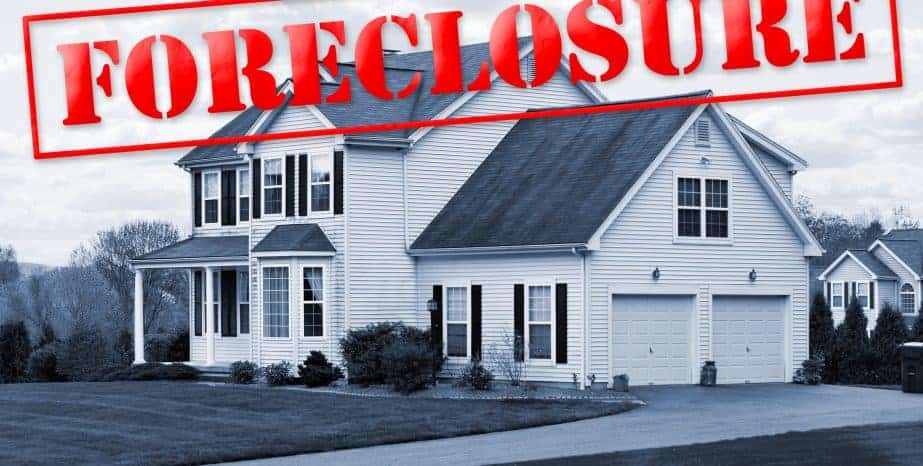8730 Wilshire Boulevard, California 90211
Get Help Now
8730 Wilshire Boulevard, California 90211
Get Help Now

California Governor Gavin Newsome has called on banks to extend mortgage relief to homeowners affected by coronavirus. Many banks have agreed to do so. But what does all the fine print mean?
All Californians can defer mortgage payments by up to 90 days. Longer deferrals are possible if the borrower shows proof of a COVID-19-related economic disruption, like a furlough or layoff. Student loan borrowers and small business borrowers might be eligible for similar emergency assistance.
Two hundred state chartered institutions, along with national financial institutions Wells Fargo, U.S. Bank, Citibank and JPMorgan Chase, have agreed to the three month-plus forbearance. Bank of America is also providing relief, but only up to a 30-day forbearance. Gov. Newsome said he hoped the institution “will do the right thing” and expand its coronavirus relief package.
Lawmakers are working on additional coronavirus financial relief packages, such as a stay on evictions.
The California Mortgage Relief Program is assisting homeowners with mortgages, reverse mortgages, or those without a mortgage, by providing support to catch up on overdue housing payments. This includes financial aid for past-due mortgage payments and property taxes.
Generally, the media uses terms like deferral, forbearance, and grace period to describe COVID-19 mortgage relief. In this context, all these terms mean the same thing. The bills are due, but the bank agrees not to take any adverse action, including foreclosure, to enforce its security interest in the house.
That’s different from loan forgiveness, which means the bank agrees to reduce the amount due. Forgiveness is usually limited to mortgage fraud and some other extreme circumstances.
Assume John is furloughed from his job on March 15, and he returns on June 15. “Furlough” also has a rather specific meaning, as outlined below. Since he is out of work, John cannot pay his mortgage on April 1, May 1, or June 1. Fortunately, John’s mortgage lender set up a grace period for people like him.
On July 1, since John’s hardship has ended, the bank will probably demand the April, May, June, and July installment payments. That’s especially true if John made little or no effort to work with the bank or make partial payments during the forbearance.
So, John probably needs to negotiate a solution with the bank while the grace period is still in effect and the lender cannot do anything. The bank might agree to accept partial payments, increase the remaining payments, or move the missed payments to the end of the loan.
Even though COVID-19 restrictions have eased, some borrowers may still face financial challenges related to unexpected job losses or economic disruptions. These disruptions, whether furloughs, layoffs, or reduced work hours, may not always be linked directly to the pandemic but could still result in the need for assistance from lenders.
Many closed businesses have either laid off or furloughed their employees. These two terms are not synonymous. In a nutshell, furloughs are always temporary and layoffs are usually permanent.
A work furlough is a bit like a disciplinary suspension. The employee is barred from doing any work for a day, a week, a year, or whatever length the employer dictates. During the furlough, workers do not get paid, but their benefits, including health insurance, remain in force. When the furlough ends, workers get their jobs back.
Layoffs are different. Employers have no obligation to recall laid off employees. Moreover, their benefits usually terminate.
It’s important for homeowners to understand how their specific financial situation, whether due to furloughs or layoffs, may affect their ability to seek relief programs like deferrals or forbearances. Not all lenders may offer extended terms beyond the original COVID-19 relief periods, and conditions like a full return to work could impact eligibility for further support.
If you were laid off or furloughed because of coronavirus, you might have legal options, thanks to the 1988 Worker Adjustment and Retraining Notification Act. Employers with more than 100 employees must give at least 60 days prior to a mass layoff. A “mass layoff” is an event which affects a third of the employees. Special rules apply to furloughed workers or workers who have their hours drastically reduced.
There are several exceptions to the WARN Act’s notice requirement. These exceptions only give employers more time to provide notice. They do not excuse lack of notice.
The WARN Act is one of the few federal laws with a private right of action. If COVID-19 wreaked havoc on your family’s finances, you might have legal options.
While many states and lenders have moved away from offering COVID-19-specific relief, some individuals may still qualify for alternative financial assistance programs, such as mortgage modifications or hardship assistance, depending on their ongoing financial circumstances. Homeowners should reach out to their lenders to explore any post-pandemic options that may help them manage mortgage payments effectively.
If you’ve experienced property damage due to unforeseen circumstances, the Law Offices of Eslamboly Hakim are here to provide expert legal guidance. Our property damage lawyers in California specialize in helping homeowners and business owners recover damages and seek the compensation they deserve. With no fee unless we win and free consultations, you can trust us to fight for your rights. Reach out today to discuss your property damage claim and let us help you through this difficult time.
Photo Credit: Storyblock
Tag: